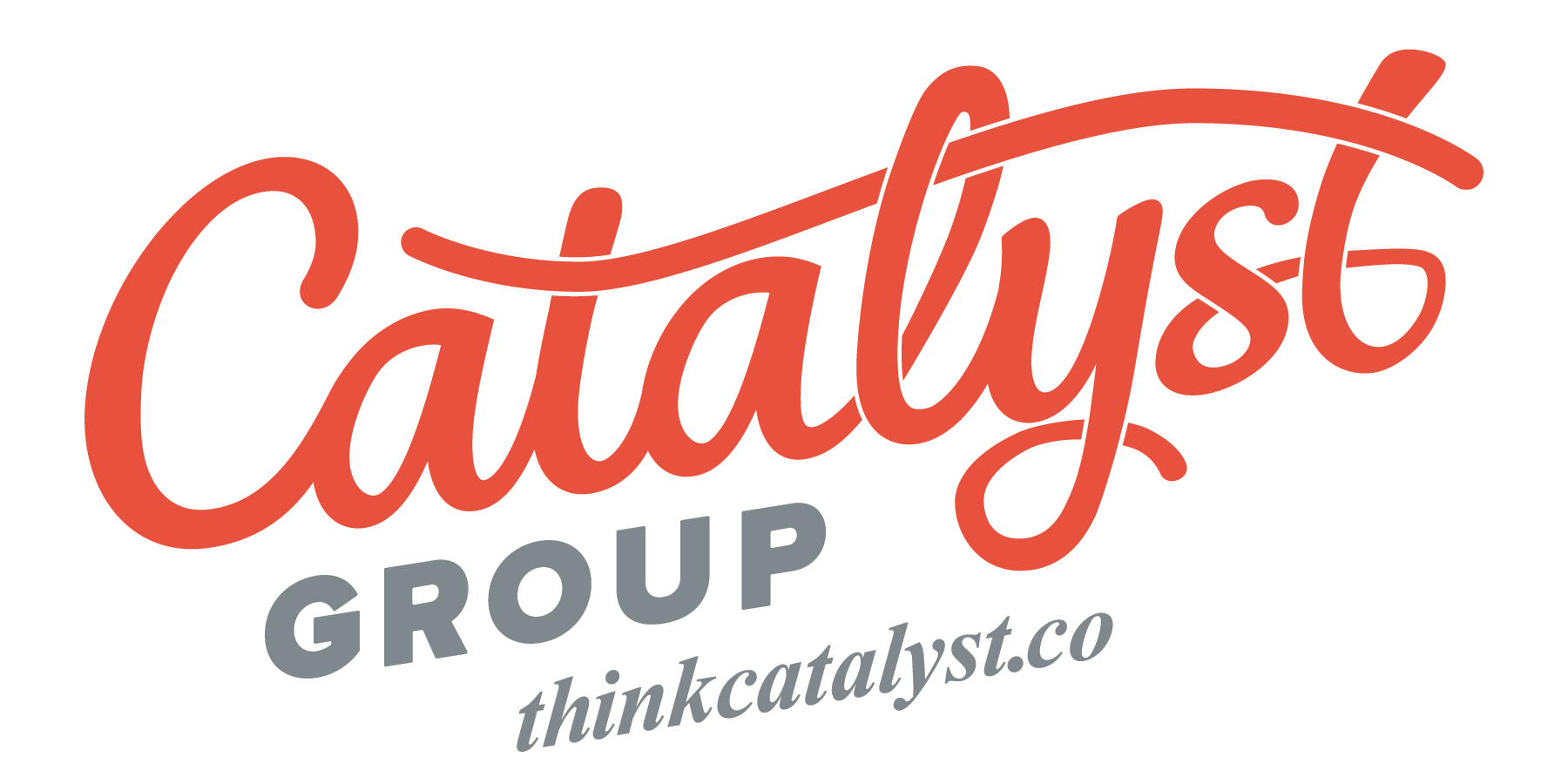
Understanding Design and The Design Process
August 9, 2018
Scott Dine
Partner + Technical Director
5 min read
In today’s world, marketing drives how people interact with products and services. And every marketing initiative is driven by design. Everything we see on a store shelf or on a screen has intentional thought behind it. For most, it’s about driving a response. Whether it’s to make a purchase, fill out a form, or complete a task, the thought behind a design is what drives it.
When you’re thinking about how your marketing materials, websites, and products and how your audiences will receive it, it’s good to understand even some basic elements of design and the process that goes into creating a successful one.
What is graphic design?
This seems like a complex question, but the answer is quite as simple. The professional association for design, AIGA, defines graphic design as ‘the art and practice of planning and projecting ideas and experiences with visual and textual content.’ In short, graphic design as a concept exists to accomplish three things:
- It informs
- It delights
- It sells
When done well, design communicates a message to an intended audience that is easily understood. The point of the message should become clear to the audience, and it should exist to provoke a reaction through a given medium – websites, product labels and appearance, digital ads, brochures, business cards, and so on.
The Design Process
Before beginning any new marketing plan or rolling out a new website, you should first understand that success is rooted in the design process, called Design Thinking in the industry, and understanding exactly what you want and need out of your initiative. Then, it’s about how you can marry the intended purpose, the way users interact, and how you accomplish the desired outcome. Long term success, however, is genuinely based on repeating the Design Thinking process over time.
The design process exists to develop, change, and improve a project. A finished project may look completely different than it did in its initial stage. This is OK! Part of the process means adding and removing aspects to improve the project. Let’s break down the basic steps of Design Thinking and what they mean –
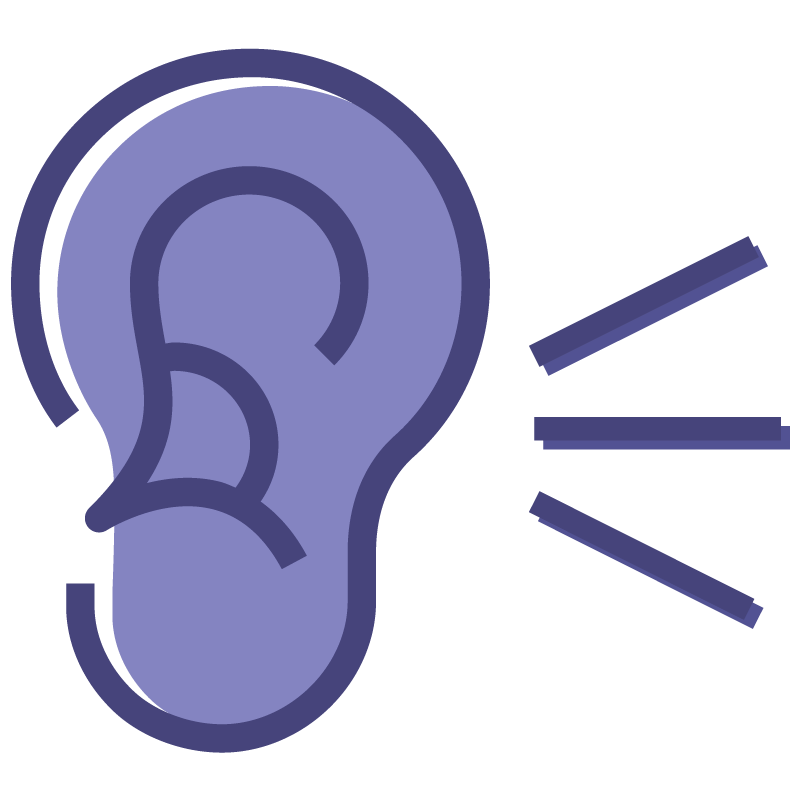
1. Listen
Define the problem you’re trying to solve. This is where you define the purpose, and begin to lay the framework for your entire project. What is your goal? What is the intended user reaction?

1. Listen
Define the problem you’re trying to solve. This is where you define the purpose, and begin to lay the framework for your entire project. What is your goal? What is the intended user reaction?

2. Research
Bring out the books. Learn. Learn. Learn. Don’t leave any stone unturned. Find out what competitors are doing, what others have done. Explore different mediums. This step relies on how much you feel you need to research to form a well-thought idea.

2. Research
Bring out the books. Learn. Learn. Learn. Don’t leave any stone unturned. Find out what competitors are doing, what others have done. Explore different mediums. This step relies on how much you feel you need to research to form a well-thought idea.
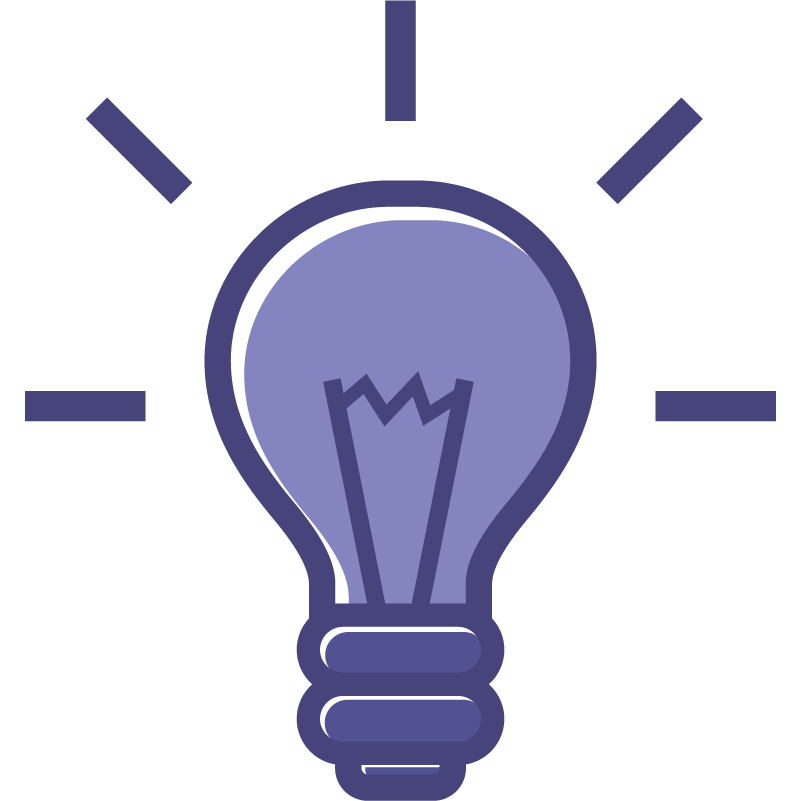
3. Brainstorm
Explore your options. Get your ideas out there, hash out the pros and cons with your team. Put it on paper – sketch, write, create! Turn off your ‘bad idea’ filter and get it all out there.

3. Brainstorm
Explore your options. Get your ideas out there, hash out the pros and cons with your team. Put it on paper – sketch, write, create! Turn off your ‘bad idea’ filter and get it all out there.
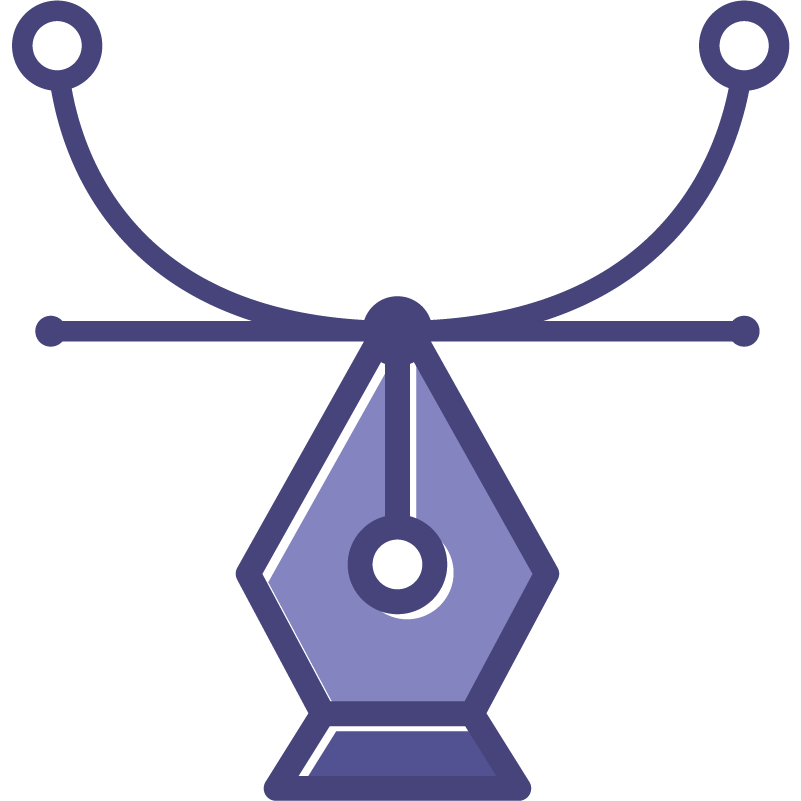
4. Develop
Create! This is where your research and your ideas come together and start taking a shape.

4. Develop
Create! This is where your research and your ideas come together and start taking a shape.
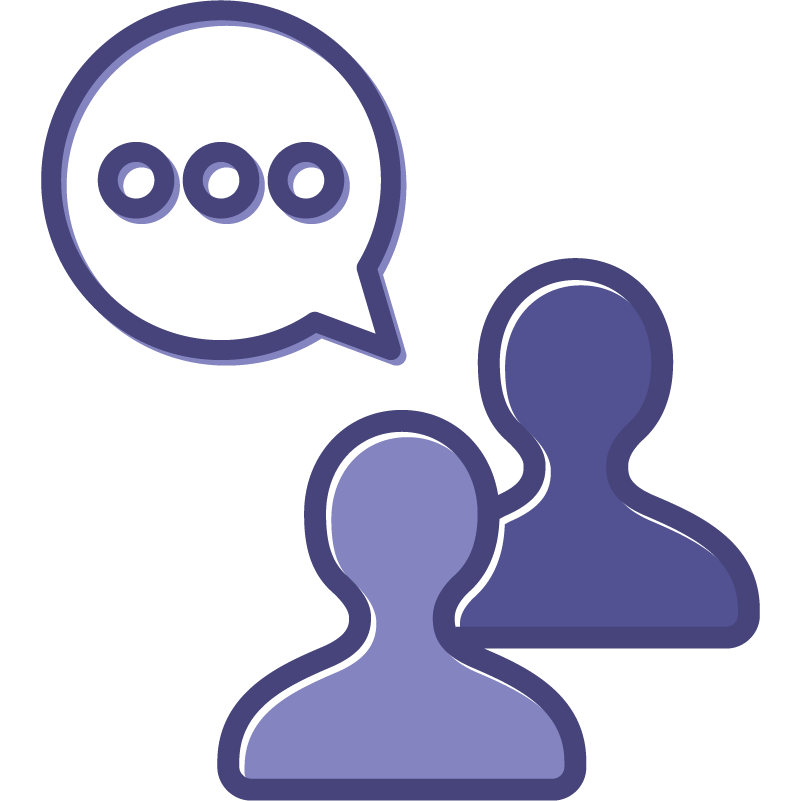
5. Test
Analyze your designs and get feedback. Share it with your team, focus groups, and your clients. You’ll get gut reactions about seemingly trivial things, but it’s important to dig deeper and understand why those reactions are apparent.

5. Test
Analyze your designs and get feedback. Share it with your team, focus groups, and your clients. You’ll get gut reactions about seemingly trivial things, but it’s important to dig deeper and understand why those reactions are apparent.
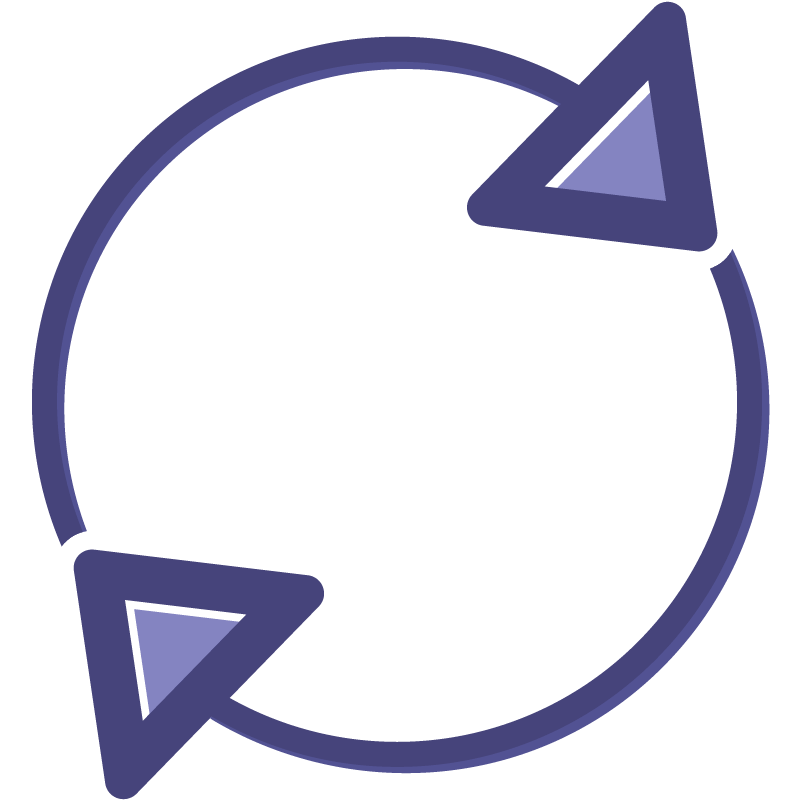
6. Iterate
Hopefully, you’ve received a ton of feedback. Now it’s time to revise your designs and consider how others respond to them. This is an important step, and you should repeat it as necessary.

6. Iterate
Hopefully, you’ve received a ton of feedback. Now it’s time to revise your designs and consider how others respond to them. This is an important step, and you should repeat it as necessary.

7. Implement
Build and launch your designs. Allow yourself extra time for unexpected hiccups, because if something can go haywire it probably will.

7. Implement
Build and launch your designs. Allow yourself extra time for unexpected hiccups, because if something can go haywire it probably will.
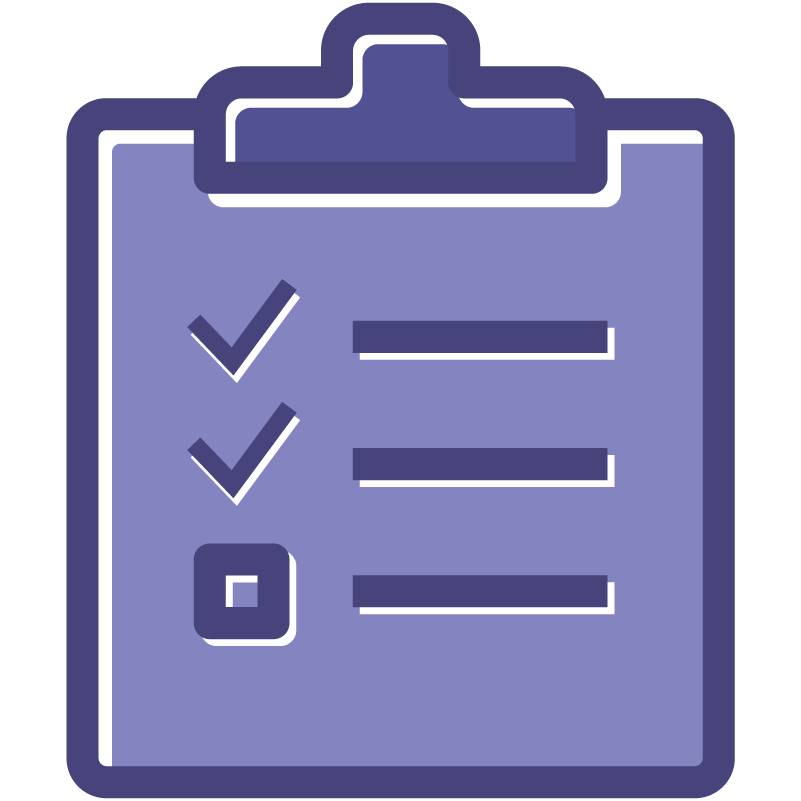
8. Measure
Ask questions. Get more feedback. Measure your results. The best solutions aren’t always the ones that seem the most appealing, but the successful ones lead your user through the desired path and evoke the desired response. Visual aesthetics can always be updated.

8. Measure
Ask questions. Get more feedback. Measure your results. The best solutions aren’t always the ones that seem the most appealing, but the successful ones lead your user through the desired path and evoke the desired response. Visual aesthetics can always be updated.
What does this mean for you and your business?
Graphic design can be intimidating. As you move forward with new projects and marketing materials, it’s good to have a basic knowledge of what drives design and what goes into making it. Hopefully this article serves to provide a base-level idea of how the industry approaches design and provides a good jumping-off point for those who are looking to start strategically thinking about how an audience interacts with products and services.
Look around at your current team. Chances are, you already have someone who has a natural eye for good design; it’s good to utilize your creative team members as you begin to wade the waters.
Basic knowledge also goes a long way when finding the right design partners to work with. Having thoughtful insight into how your products and services are designed can make a big difference when you’re strategically crafting an experience for your customers and potential clients.
Drop us a note below if there is any way we can help you and your firm.
Share this:
